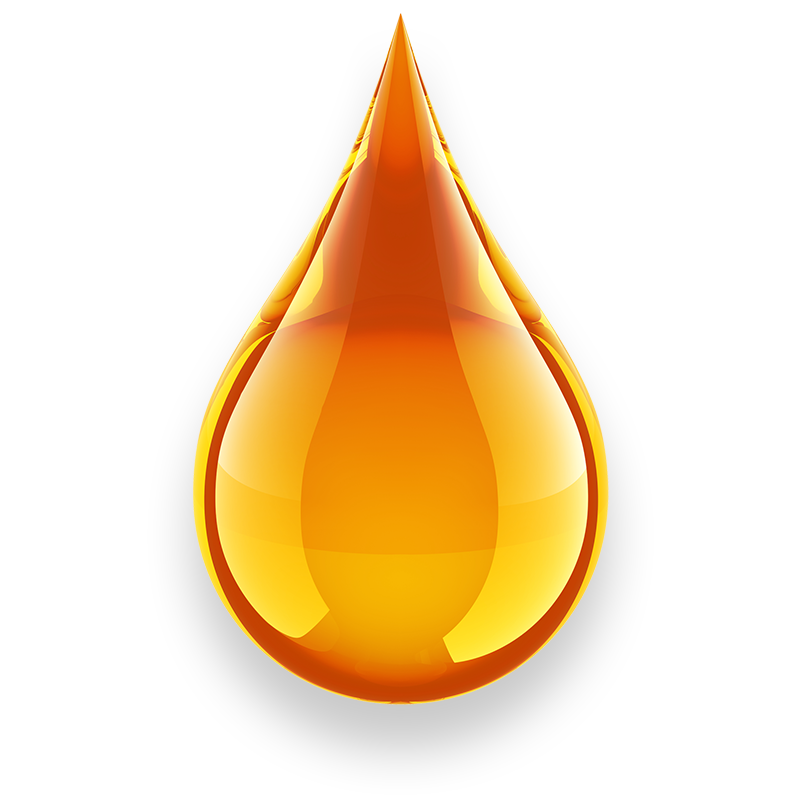
Evening Primrose
Main Ingredients: γ-Linolenic Acid
Geographical Spread
Evening Primrose, a plant of the genus Oenothera, grows in the eastern and central regions of North America while being domesticated in temperate and tropical climates. It lives two years and its height can reach 1.5 meters. The seed of the plant is an important feed for birds, and features characteristic yellow flowers.

Historical Features
The oil obtained after extraction of the mature seeds of Evening Primrose is used for a variety of diseases, such as premenstrual syndrome and menopausal symptoms resulting from lack of prostaglandins (Ziboh, 2001).
Pharmaceutical Use
Due to the speciality of its flowers, it is called evening primrose: every night these flowers open at a speed too fast for the naked eye, offering a rather impressive sight. The name evening primrose is also used for other plants, which may even belong to a different genus.

Phytochemical Composition
The Oil of Evening Primrose is particularly rich in γ-linolenic acid (GLA), a fatty acid that is a precursor to prostaglandins. It is one of the three sources of the body in eicosanoid, signaling molecules that serve to control the cell's external environment. The oil of the mature seeds contains up to 10% GLA (Ghasemnezhad & Honermeier, 2008).
- Ghasemnezhad, Α., & Honermeier, Β. (2008). Yield, oil constituents, and protein content of evening primrose (Oenothera biennis L.) seeds depending on harvest time, harvest method and nitrogen application. Industrial Crops and Products, 17-23.
- Ziboh, V. (2001). Gamma Linolenic Acid: Recent advances in biotechnology and clinical applications. The American Oil Chemists Society.


